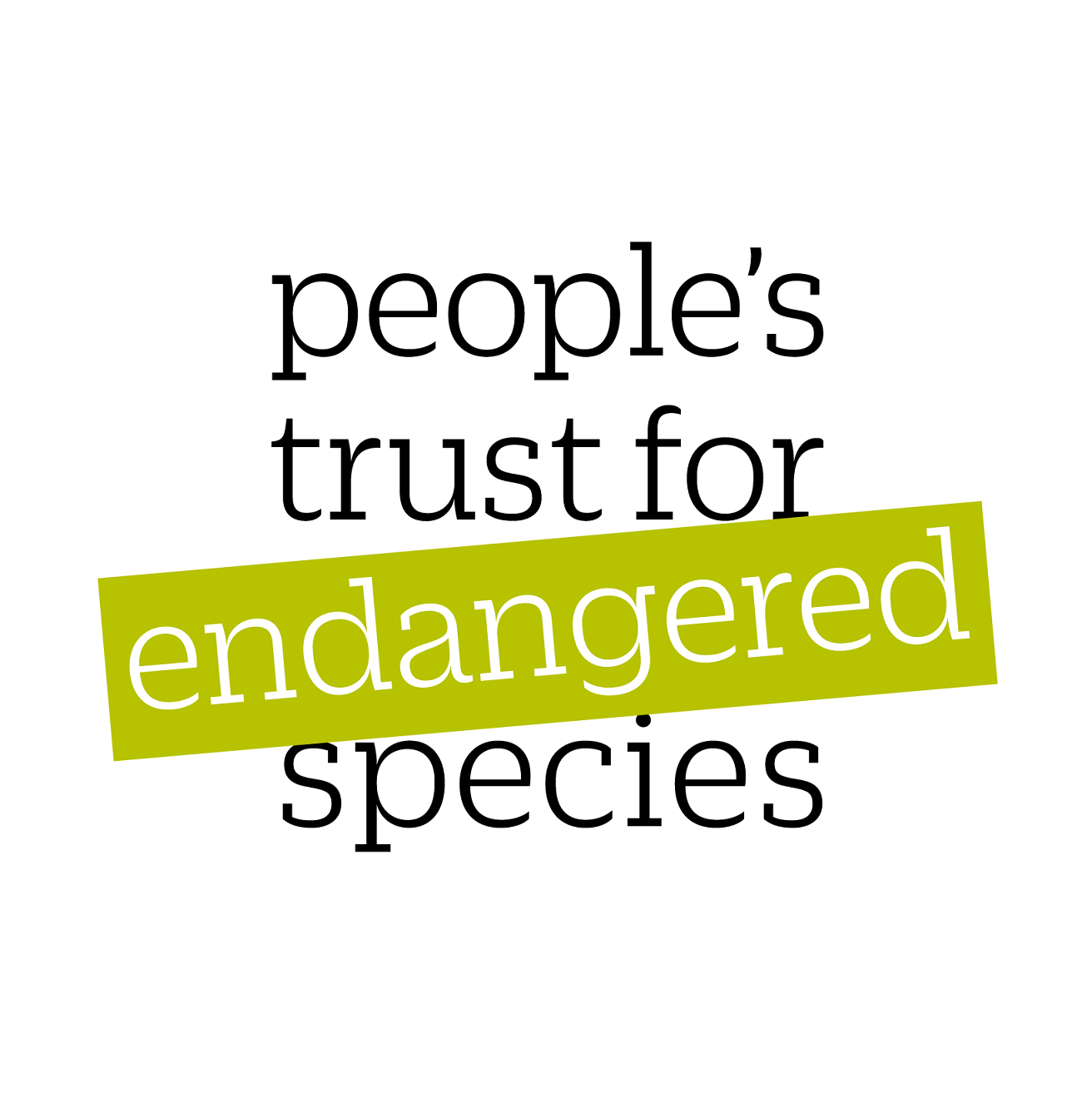National Water Vole Monitoring Programme (NWVMP)
People's Trust for Endangered Species
Description
Records of water vole field signs and sightings from standardised surveys at sites across England, Scotland and Wales. Species presence records from this survey are included in this dataset.
Geographic Description
England, Wales and Scotland. Water voles do not occur in Ireland. Sites surveyed during the the previous VWT national surveys were randomly selected to give a good geographical spread across England, Scotland and Wales, as well as to ensure all habitats were surveyed. However, the majority of the sites selected for the NWVMP were intentionally biased towards those sites that had had water voles present in the previous surveys to ensure surveying is targeted towards sites that have the potential to have water voles present. Survey coverage is not complete however and is lower in areas with fewer volunteers or with less accessible terrain such a upland areas. The grid references normally refer to the location of the start of the transect rather than the precise location of the sighting/signs.
Purpose
Data are collected for the purpose of producing population trends
Data quality
All data were collected using a standardised method. Participants are provided with training and resources to aid identification of the field signs but it is not possible to verify all records from this survey. Volunteers are encouraged to submit photos of field signs so they can be verified and the experience of the monitor is establish during the registration process. It is also recommended that volunteers gain some practical experience of surveying for water voles before taking part. The data do not represent a complete picture of water vole distriution but should be considered as a sample of sites from across England, Scotland and Wales. The dataset has been checked using NBN Record Cleaner.
Methods
One bank of a 500m stretch of waterway is surveyed to record all water vole field signs (latrines, feeding signs, burrows) and direct sightings within each 100m section. Sites are either ones that were surveyed in the previous national water vole surveys carried out by The Vincent Wildlife Trust (VWT) or have been registered with the programme. Most transect are 500m, but some sites have multiple shorter transects (i.e. 100m) surveyed. Normally one survey is carried out during May but some sites are surveyed again later in the summer. All volunteers are asked about their experience of surveying when registering to take part and photos of signs can be submitted to allow verification.
Citation
People's Trust for Endangered Species ([Insert download year]). National Water Vole Monitoring Programme (NWVMP). Occurrence dataset on the NBN Atlas
Rights
CC-BY-NC
Data generalisations
The NWVMP started in 2015 and is ongoing. Most surveys take place in May and should have a full date (DD/MM/YYYY). Some sites are surveyed again later in the summer (September/October).
Information withheld
Access to this dataset is restricted for the following reasons; The water vole is a protected species that is vulnerable to habitat fragmentation, human disturbance or prejudice. At this time the data provider believes that full disclosure to the public could lead to environmental harm. This sensitive information may be made available under licence to specific organisations and individuals that need to know to avoid harm to the environment. Furthermore disclosure of this information would adversely affect the interests of the persons who contributed to the dataset. The providers are not under any legal obligation to supply the information to the public through the NBN Atlas and they may not have consented to its wider release.
Further information can be found at www.ptes.org/watervoles. Alternatively please contact PTES via enquiries@ptes.org.
Usage statistics
Loading...
Digitised records
Looking up... the number of records that can be accessed through the NBN Atlas. This resource was last checked for updated data on 07 May 2024. The most recent data was published on 07 May 2024.
Click to view records for the National Water Vole Monitoring Programme (NWVMP) resource.


